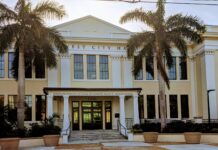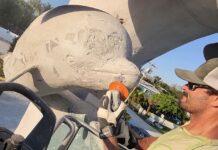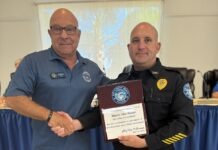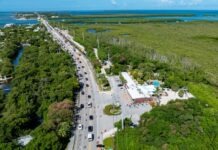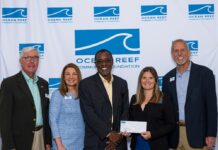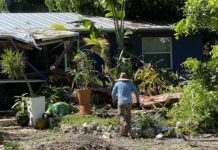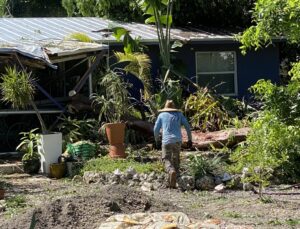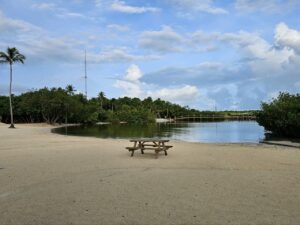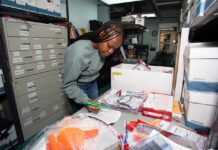Coral outplantings, dives to collect debris, and wildlife rehabilitations dominated a busy 2022 in the Florida Keys. Local wildlife rehabilitators returned injured manatees and turtles back to their ocean homes. And with help from local and visiting divers, coral practitioners continued their efforts to revitalize sections of the reef. Debris dives hauled tons of fishing line, anchors and more. Meanwhile, Florida Keys National Marine Sanctuary officials put the finishing touches on their recommendations on a plan to regulate and manage the waters off the Keys — better known as the Restoration Blueprint. With the good came the bad, however, as the island chain witnessed some unfortunate wildlife deaths — with blame put on human activities.
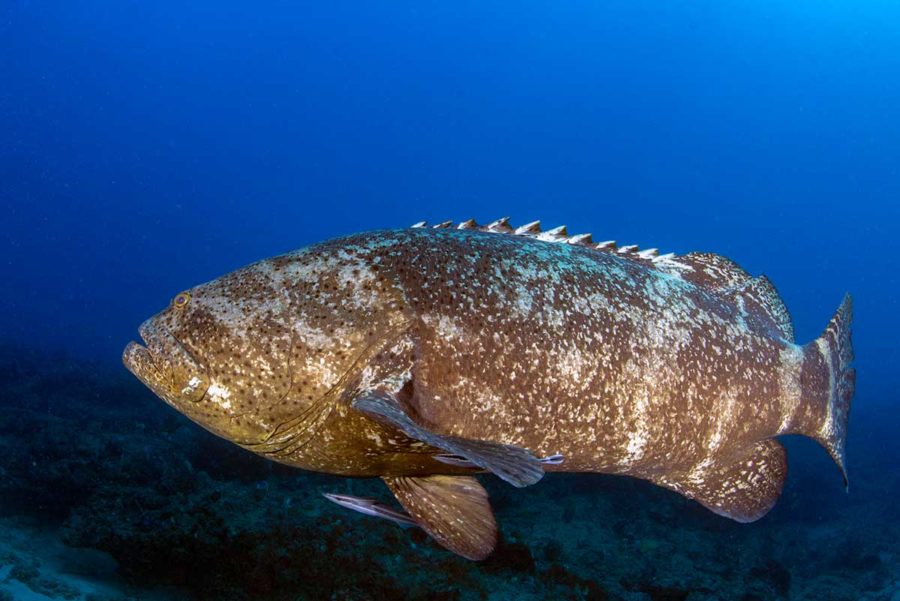
GOLIATH GROUPER HARVEST BACK ON, BUT NOT IN THE KEYS
Harvesting goliath grouper will be allowed in state waters, albeit on a limited, regulated basis, beginning in spring 2023. While the Keys largely remain off limits, goliath grouper harvesting will be permitted at a nearby national park.
An abundance of goliath grouper, and more requests to reopen harvest in Florida, prompted state wildlife officials’ approval to allow 200 harvest permit tags in state waters on March 3. The season would kick off March 1 and go through May 23 each year. Of the 200 goliath groupers permitted for harvesting each year, 50 are allowed to come from the Upper Keys’ backyard — Everglades National Park.
CAPTION: Whale necropsy: Biologists perform a necropsy on May 11 on a sperm whale found beached offshore of Key West. MANDY MILES/Keys Weekly
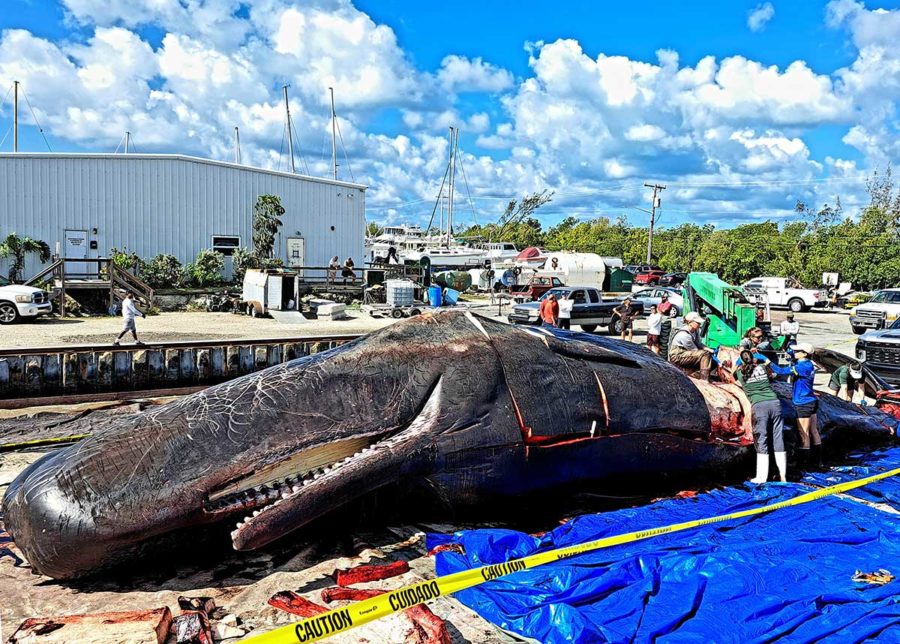
SPERM WHALE DIES NOT FAR FROM KEY WEST SHORE
A 51-foot sperm whale was the last thing one expected to see on the morning of May 11, laid out in the gravel parking lot of Robbie’s Marina on Stock Island. There it was. A striking but sad sight, with a mouth of biblical proportions.
The male sperm whale was found on May 10, beached on the northeast side of the Mud Keys about eight miles offshore of Key West. Investigation by biologists into the death found a massive intertwined line and plastic bag-type material, among other debris in the whale’s stomach.
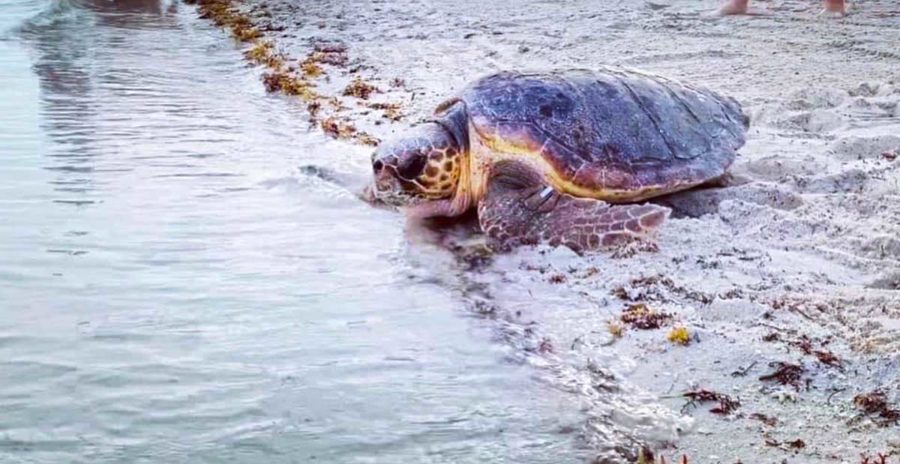
LOGGERHEAD TURTLE KILLED ON U.S. 1
Horrific was the word Bette Zirkelbach, manager of Turtle Hospital, used to describe the reported death of a female loggerhead turtle after she was run over by a car on U.S. 1 near Sea Oats Beach in Islamorada in June. “This area continues to be a hazard for sea turtles during nesting season,” Zirkelbach said.
Sea turtle nesting season in the Keys runs from mid-April to mid-October. This means there are active sea turtle nests throughout the Keys during that period. Each year, the Keys get an average of 100 loggerhead sea turtle nests and a handful of hawksbill sea turtle nests. There’s even been one documented leatherback sea turtle nest in the past 20 years.

SOME PARTS OF THE KEYS REEF COULD BE SAVED, PER STUDY
A new study led by the U.S. Geological Survey (USGS) finds that about 85% of reefs in the Florida Keys are eroding. Scientists also developed future scenarios for three of those sites. The scenarios assume restoration plans outlined in the National Oceanic and Atmospheric Administration’s Mission: Iconic Reefs initiative are met through the year 2040.
Researchers find that if those goals are met, it may be possible for some locations to restore their reef-building capacity to historical levels and that might be enough to maintain key ecosystem services. Projected growth rates could also be enough for coral reefs in the Keys to keep pace with mid-range projections of future sea-level rise.
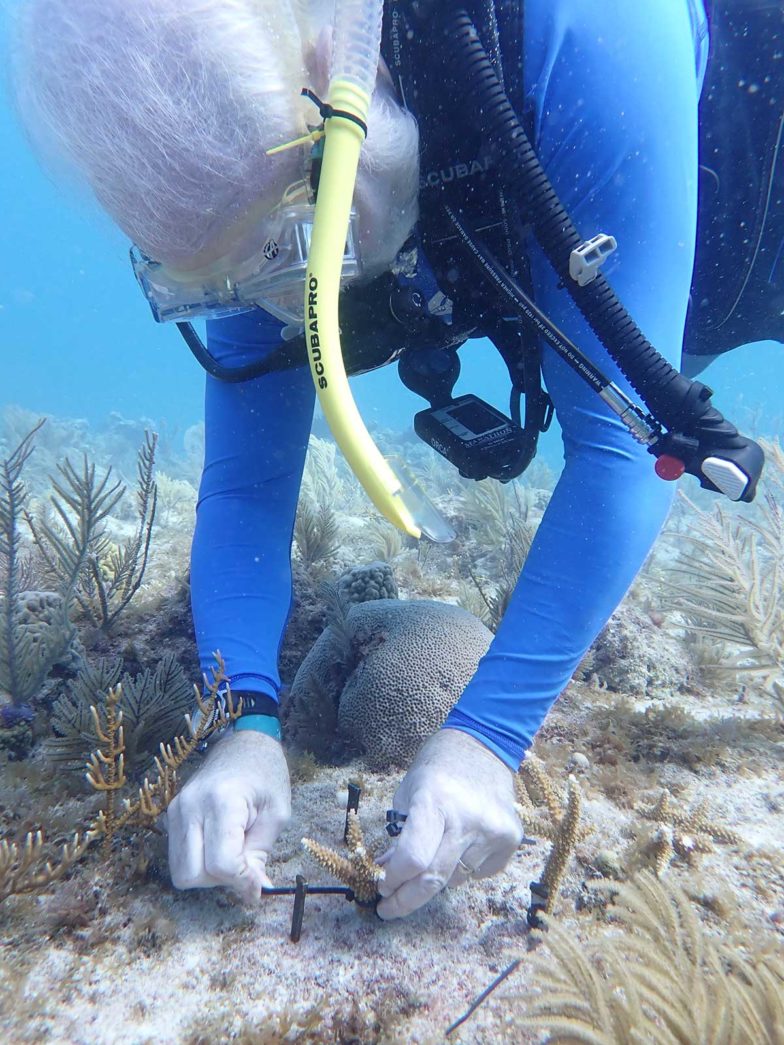
CORAL-BASED NURSERY COMES TO KEY LARGO
A new, land-based coral nursery announced in March is bringing a new kind of reef restoration to Key Largo. Community leaders and Mote Marine Laboratory staff gathered on Aug. 11 at Reefhouse Resort & Marina to celebrate Mote’s second satellite nursery in the Upper Keys.
The following day, Mote CEO Michael Crosby and Monroe County Commissioner Holly Merrill Raschein joined Mote researchers aboard Rainbow Reef’s dive boat to outplant the first 50 elkhorn and 50 staghorn corals at French Reef. Crosby said they needed a property owner who was a visionary philanthropically. Crosby said Reefhouse owner Mark Walsh, of Opal Collection, recognized Mote’s leadership and science-based restoration. Walsh pledged the property and $1.5 million to help Mote’s coral disease response.
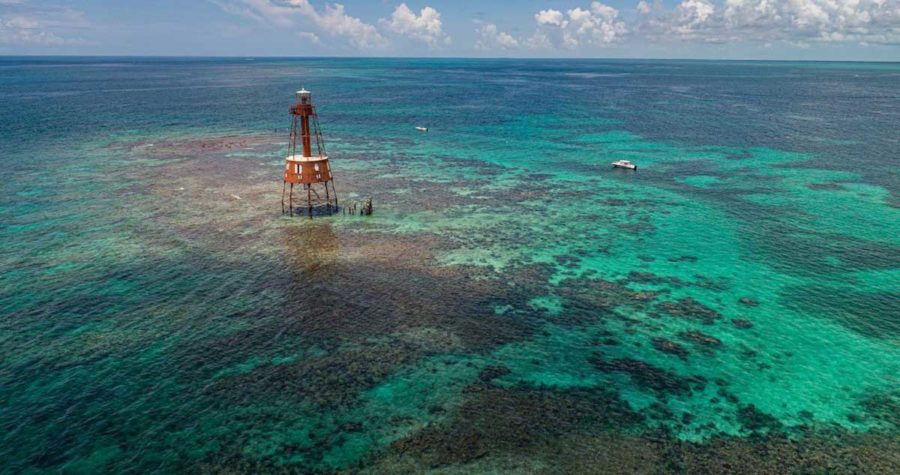
SANCTUARY OFFICIALS FINALIZE RESTORATION BLUEPRINT RECOMMENDATIONS
A two-day meeting to analyze and recommend changes to regulations within Florida Keys National Marine Sanctuary — the Restoration Blueprint — saw Sanctuary Advisory Council members in agreement on a number of measures. Day one saw resounding support for expanding the sanctuary’s boundary, prohibiting discharges from cruise ships except cooling water and requiring single or rafted vessels 65 feet long to use designated large vessel mooring buoys, to name a few. Day two, however, saw some differences of opinion on catch-and-release trolling and bait fishing in Sanctuary Preservation Areas (SPAs). Sanctuary staff will now consult with stakeholder agencies – including FWC and the Florida Department of Environmental Protection, among others – to hear additional recommendations before submitting an updated draft of the Restoration Blueprint for final review at the state and federal levels.
OTHER NOTABLE HAPPENINGS – JAVIER, ANY WAY for small QR codes? Links are in the text.
Jan. 13 — Unusual manatee deaths prompt federal and state wildlife officials to conduct feeding experiments.
Feb. 21 — Florida Fish & Wildlife Conservation Commission and its contractors successful remove 24 derelict vessels from waters in the Upper and Lower Keys.
June 30 — Veterans and Guy Harvey Foundation help restore reefs with I.CARE.
July 21 — Key West police officer helps tiny turtles reach their home.
July 27 — Lobster mini-season sees arrests and four deaths.
Sept. 29 — Keys Aquarium Encounters, Reef Renewal USA team out for coral outplanting.
Nov. 29 — Three male manatees rescued from Marathon and Duck Key return to water in Key Colony Beach.Dec. 9 — Cold-stunned turtles stranded around Cape Cod Bay, Massachusetts warm up at Marathon Turtle Hospital.
